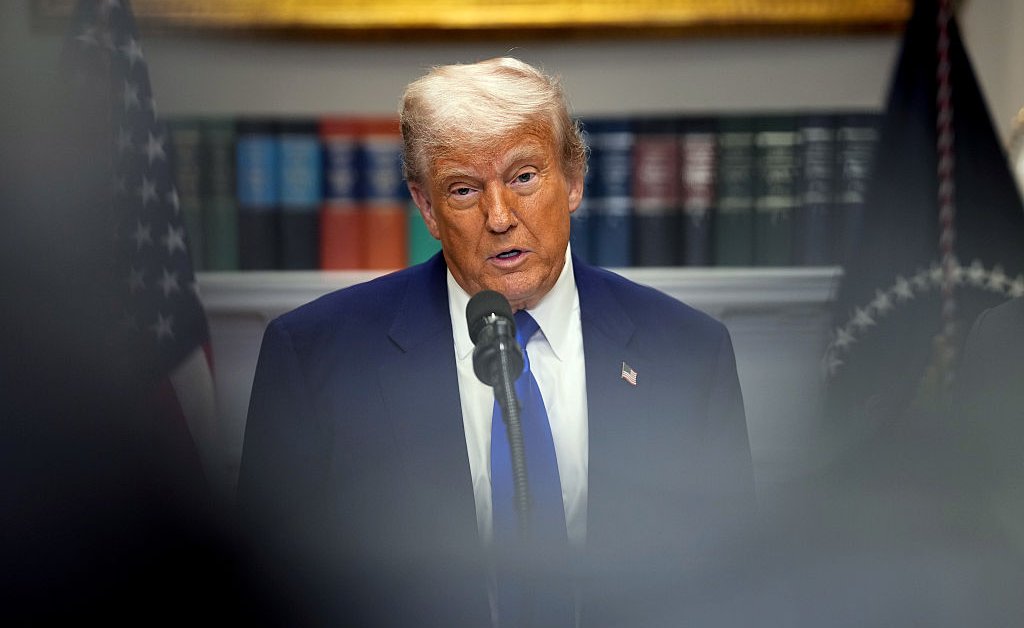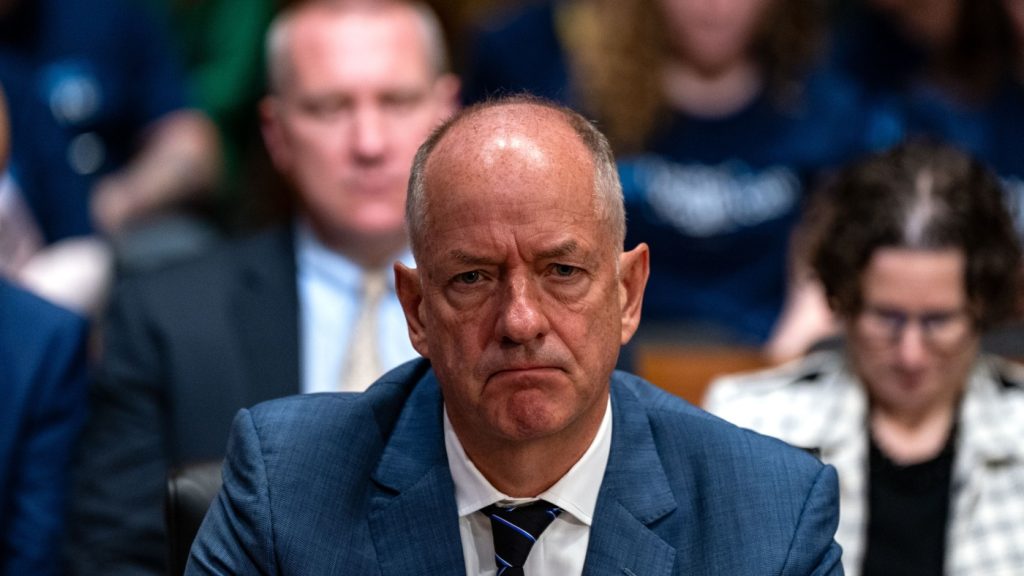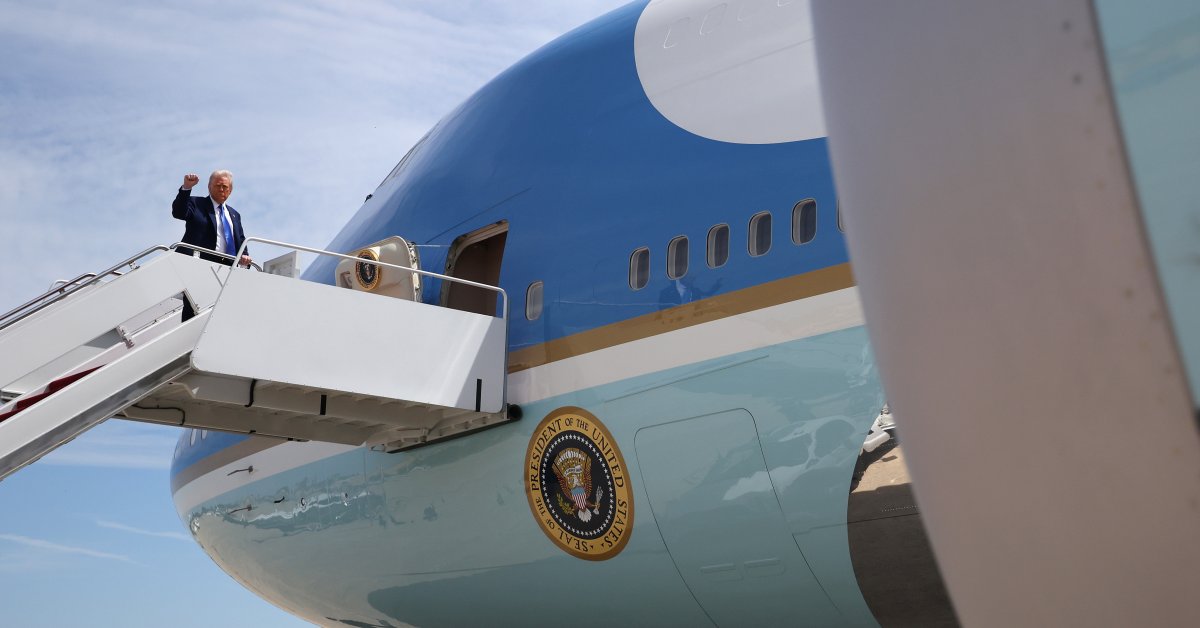Now Reading: With Tariff Retreat, Trump Cedes Leverage to China
-
01
With Tariff Retreat, Trump Cedes Leverage to China
With Tariff Retreat, Trump Cedes Leverage to China

This article is a part of The D.C. Brief, TIME’s politics newsletter. Subscribe here to receive similar stories directly in your email inbox. Donald Trump has made a significant shift in his trade policy, akin to hitting Control-Alt-Delete in the economic realm. While not a complete reversal, he has conceded much of his leverage. This move does not acknowledge the unnecessary chaos he caused or fully comprehend his role in impacting the global economy negatively for over a month.
Before departing for the Middle East, the President reduced the tariff rates on Chinese imports from a staggering 145% to a less severe 30%. In response, China lowered its retaliatory tariffs from 125% to 10%. This adjustment has given hope to numerous American businesses that they can navigate through the standoff between two uncompromising global leaders.
Despite this development, consumers reliant on inexpensive Chinese goods may still face higher costs, as the two largest economies seek to resolve their escalating trade dispute. The recent changes may lead to supply chain disruptions and potentially result in an average American family spending an additional $2,300, according to a Yale Budget Lab analysis. Furthermore, certain China imports, particularly low-cost items from online retailers like Shein and Temu, will experience increased surcharges in June.
Trump, in his characteristic style, declared victory prematurely, expressing confidence in China’s commitment to resolving the issue. However, history has shown that trusting China’s promises may not always yield positive outcomes. While investors currently have faith in Trump’s ability to stabilize the economy, his impulsive decision-making and transactional approach remain evident.
Although Trump’s retreat on tariffs is a temporary respite, it is not a permanent solution. The 90-day window provides some relief for consumers and investors, but tensions with China continue. As the spin contest unfolds, Trump’s supporters may view this tariff adjustment as a triumph, despite potential long-term repercussions. Emotions and perceptions often outweigh hard facts, shaping public opinion on Trump’s policies and actions.






